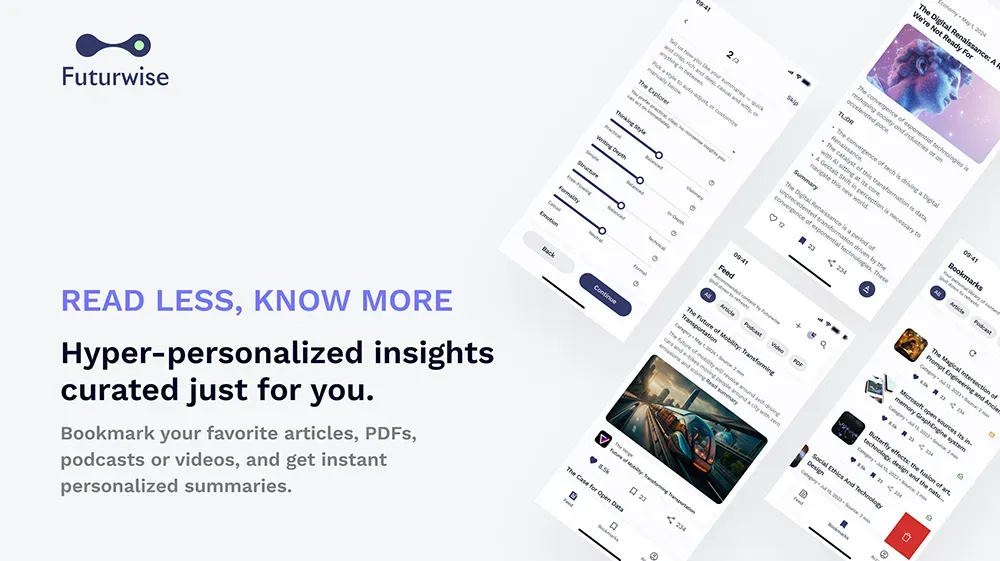777 AI Risks: The Hidden Dangers No One’s Talking About

We’ve all heard the promises of AI, but are we blindly charging into an era where the risks far outweigh the rewards?
In the rapidly evolving landscape of artificial intelligence (AI), the potential benefits of these technologies are vast, ranging from enhanced efficiencies in industries to unprecedented innovations in healthcare, finance, and beyond.
However, as AI systems become increasingly integrated into the fabric of society, the risks associated with their deployment and use have also grown more complex and multifaceted. These risks span a wide range of domains, from privacy and security concerns to issues of fairness, misinformation, and even the existential questions surrounding AI's impact on human agency and autonomy.
To address these challenges, a comprehensive understanding of the potential risks associated with AI is crucial. The MIT AI Risk Repository represents a groundbreaking effort in this regard. This repository, developed by leading researchers in the field, provides a meticulously curated and categorized database of AI-related risks. It serves as a vital resource for policymakers, industry leaders, researchers, and other stakeholders who are tasked with navigating the intricacies of AI risk management.
Key Insights from the Repository
This report delves into the insights provided by the MIT AI Risk Repository, exploring the various categories of risks and their implications for AI development and governance. It underscores the importance of addressing both well-recognized and emerging risks, emphasizing the need for a balanced approach that harnesses the transformative potential of AI while mitigating its possible harms.
By compiling and organizing over 777 risks from 43 taxonomies, this repository offers a comprehensive and accessible framework for stakeholders to navigate the complex landscape of AI risks. The repository is structured into two primary taxonomies: the Causal Taxonomy, which categorizes risks based on their causal factors, and the Domain Taxonomy, which groups risks into specific domains and subdomains:
1. Causal Taxonomy:
- Entity: Risks are classified based on the origin, whether human, AI, or other ambiguous sources. For instance, AI systems themselves are responsible for 51% of the risks, reflecting concerns over AI systems acting autonomously or unpredictably.
- Intentionality: Risks are further divided into intentional (35%) and unintentional (37%). This highlights the dual nature of AI risks, where both deliberate misuse and unintended consequences pose significant threats.
- Timing: Most risks (65%) occur post-deployment, underscoring the challenges of managing AI systems once they are operational and integrated into real-world environments.
2. Domain Taxonomy:
- Discrimination & Toxicity: This domain captures 16% of the identified risks, emphasizing issues like unfair discrimination based on race or gender and exposure to harmful content. The subdomains include "Unfair discrimination and misrepresentation" and "Exposure to toxic content."
- Privacy & Security: Representing 14% of risks, this domain deals with AI's potential to compromise personal privacy and introduce security vulnerabilities. Subdomains such as "Compromise of privacy" and "AI system security vulnerabilities" are critical here.
- Misinformation: This domain, accounting for 7% of risks, addresses AI's role in spreading false or misleading information, leading to societal harms like the "Pollution of information ecosystems."
- Malicious Actors & Misuse: Comprising 14% of risks, this domain includes threats like disinformation campaigns, cyberattacks, and AI-facilitated fraud.
- Human-Computer Interaction: With 8% of risks, this domain focuses on the dangers of overreliance on AI and the potential loss of human agency.
- Socioeconomic & Environmental Harms: This domain, making up 18% of risks, covers issues like AI-driven inequality, economic devaluation of human effort, and environmental damage.
- AI System Safety, Failures & Limitations: This is the largest category, covering 24% of risks. It includes concerns about AI systems pursuing their own goals, lacking robustness, and possessing dangerous capabilities.
The repository highlights how current AI safety frameworks often overlook key risks, with some addressing as little as 20% of the identified subdomains. For instance, while privacy concerns are widely recognized, only a fraction of frameworks adequately consider the pollution of the information ecosystem by AI-generated content.
Implications
The MIT AI Risk Repository represents a significant advancement in our understanding and categorization of AI-related risks. It offers valuable insights for various stakeholders. For policymakers, it provides a foundation for developing comprehensive regulations that address the full spectrum of AI risks.
For researchers and industry professionals, it highlights the importance of addressing underrepresented risks, such as AI welfare and rights, which currently account for less than 1% of identified risks.
The repository's detailed categorization also helps organizations prioritize risk management strategies, ensuring that they focus on the most pressing issues while remaining aware of emerging challenges.
As AI continues to shape the future, understanding and managing these risks will be essential to ensuring that the benefits of AI are realized in a safe, ethical, and inclusive manner. However, the real question is: are we ready to confront the full spectrum of AI risks, or will we continue to focus only on what’s convenient?
Read the full AI Risk Repository on MIT's website.
----
💡 We're entering a world where intelligence is synthetic, reality is augmented, and the rules are being rewritten in front of our eyes.
Staying up-to-date in a fast-changing world is vital. That is why I have launched Futurwise; a personalized AI platform that transforms information chaos into strategic clarity. With one click, users can bookmark and summarize any article, report, or video in seconds, tailored to their tone, interests, and language. Visit Futurwise.com to get started for free!






